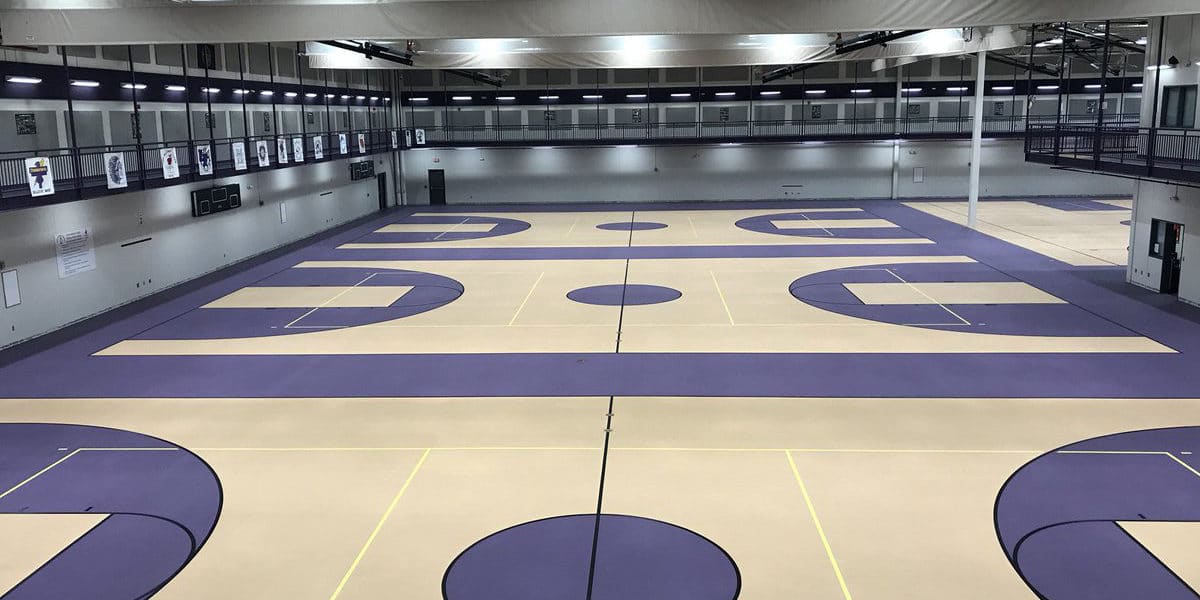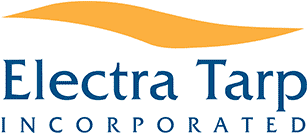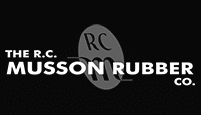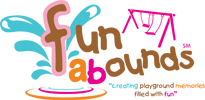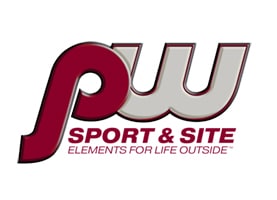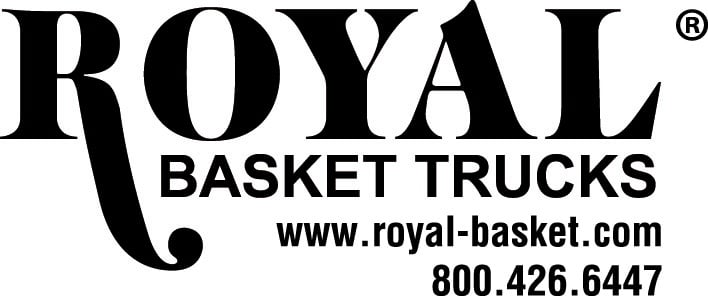By Amber Stromberg
Gym flooring is key for a safe and efficient environment, so you need to find a flooring system that perfectly suits your needs and purposes.
Gym flooring needs to be strong and durable (to support heavy equipment), must provide excellent resilience and shock-absorbance (to protect athletes and prevent injury), and should be easy to clean and maintain (to ensure proper hygiene and user comfort). It should also be artistic and aesthetically pleasing.
There are many good commercial gym flooring options available on the market, all of which have their own specific pros and cons that make them suitable for different kinds of sports.
As a church, you’ll most likely need a flooring solution that is versatile enough to handle a diverse range of activities.
Highly customizable rubber gym flooring is the most popular choice for multipurpose facilities.
Commercial Grade Rubber Gym Flooring
There are three types of rubber flooring products:
- Rubber Gym Flooring Rolls
Rubber flooring rolls are extremely durable and very economical. They also offer an elegant seamless appearance. When installed correctly, it is nearly impossible to see where one roll ends and another begins.
Rubber rolls come in sheets that are four feet wide and can be 20 to 50 feet long, allowing you to completely cover a large area with just one or two rolls. They’re available in a variety of thickness options to suit different needs and requirements. The thicker the material, the more expensive the flooring is going to be, but it will last longer, will be softer underfoot, and will provide better cushioning, shock absorption, and sound absorption.
Keep in mind, though, that rubber rolls are very heavy and cannot be installed by one person alone.
- Rubber Gym Flooring Tiles
Durable, affordable, and easy to install, rubber tiles are also very popular. They’re available in different square sizes and can be easily cut into different shapes of varying sizes to perfectly fit the layout of the gym.
Most rubber tiles have puzzle-style interlocking edges that come together very easily and make installation extremely convenient and simple.
This interlocking design has several great benefits to it:
* Quick and easy installation
* No adhesives required – tiles click together, so all you need to do is lock each piece into place
* If one tile is damaged, it can be easily removed and replaced
However easy the installation may be, though, covering a large space with rubber tiles is very time-consuming. Besides, tile flooring can never be quite as seamless as rolled rubber flooring.
- Rubber Gym Floor Mats
Rubber mats are extremely versatile – they can be laid on any hard, flat surface to add extra cushioning or thickness to the area, however small it may be.
Rubber mats can be installed next to one another to cover larger surfaces (you may want to consider mats with interlocking edges for a more secure installation), but they’re intended for smaller areas. If you have a big space to cover, it is better to go with rubber tiles or rubber rolls, both financially and time-wise.
Pros and Cons of Rubber Gym Flooring
Rubber flooring has many great advantages:
* Durability: Commercial rubber gym flooring is strong, tough, and long lasting. What’s more, rubber surfaces are hard to gouge, scuff, or scratch, so they will look good and perform great for many years.
* Resistance to heavy impact loads: Due to its resilience and high density, rubber flooring can withstand thousands of pounds of equipment, as well as high impact activity, without rips or tears. The rubber covering also offers cushioning to the equipment and protects the subfloor from damage.
* Shock absorbance: Rubber is extremely resilient, so it feels soft and comfortable underfoot and, therefore, helps reduce fatigue and foot injury. Rubber gym flooring products absorb the shock and reduce muscle stress, keeping both athletes’ joints and the subfloor safe and sound.
* Safety: The soft and resilient rubber covering allows for superb shock-absorption and cushioning and provides excellent protection to athletes, which makes rubber flooring one of the safest gym flooring options available on the market.
* Sound absorbance: Rubber has the inherent ability to absorb sound and muffle the ambient noise, so it is an ideal flooring option for high-traffic areas and cavernous spaces like gyms where sound bounces off the walls.
* Water and chemical resistance: Most rubber flooring products are resistant to moisture and chemical attacks, which makes them anti-bacterial and resilient to staining, mold, and mildew.
* Ease of maintenance: Rubber flooring is anti-microbial, resistant to most staining agents, and invulnerable to mold and mildew. This makes cleaning quite easy – all you need to do to keep a rubber floor in pristine condition is vacuum and damp mop in the evenings after the activities are over.
* Glue-free installation: Rubber flooring can be loose laid – all rubber flooring products are heavy enough to naturally stay in place without any. For a more secure fit, you can use double-sided carpet tape around the perimeter of the floor;
* Aesthetic appeal: Contemporary rubber flooring comes in a wide array of colors and can mimic the look of natural stone and wood. Unlike other flooring options, rubber flooring has consistent coloring and texture – as a man-made product, it has a homogeneous construction and color uniformity, so rubber floors can stand up to skates, cleats, and heavy weights with no visible surface wear. What’s more, rubber floors look very sleek and elegant due to their seamless appearance.
* Green flooring option: Most rubber flooring products are made from recycled rubber and do not present any potential environmental or health concerns.
* Affordable price: Not only do rubber flooring products come at a lower cost than wood flooring, but they also have smaller maintenance requirements (and therefore, smaller maintenance costs) and a very long life cycle that reduces the need for frequent replacement.
The main drawbacks of rubber gym flooring include:
* Rubbery smell: Though it eventually goes away, rubber has a distinct odor that many people find unpleasant. The odor is more pronounced with natural rubber products than with synthetic forms of rubber.
* Slip risk: Smooth, untextured rubber surfaces can be slippery when wet.
* Low temperature insulation: Rubber is a bad insulator against temperature transmission.
* Color instability: While rubber flooring is resistant to most staining agents, there are some products, such as grease and oil, that can discolor its surface. Also, color fleck rubber products are not UV-stable and need to be protected from direct sunlight to preserve their colors.
How to Buy Rubber Gym Flooring
Check out customer reviews to find out what others who have chosen the type of flooring you are considering think about this specific flooring solution.
Find photos of completed projects to see what your chosen type of gym flooring looks like after installation.
Ask for flooring samples prior to making an order to see how the product actually looks in your facility.
Discuss the installation specifics and maintenance requirements of the flooring with the sports flooring company (ask about installation procedures, cleaning requirements, upkeep costs, and restoration possibilities).
Finally, hire experienced and trustworthy professionals to install your gym flooring.
Amber Stromberg is the director of marketing for Kiefer USA, a leading athletic surface design and installation company featuring quality products from the finest manufacturers in their respective fields, www.kieferusa.com.


